Summer EBT’s SUN Bucks Brings Abundance to Youth
Did you know that 1 in 6 children in Washington State live in households that struggles to put food on the table? 8-10% of the kids facing childhood hunger live in King County. Many students rely on free or reduced-priced meals at school. During the 2019-2020 school year, 43.31% of students in Washington State were eligible for the program. However, because many schools don’t provide meals during summer break, food insecurity increases for families while schools are not in session.
That’s where summer EBT comes in. Now called SUN Bucks, the USDA-approved program will help the families of about 550,000 low-income students in 37 states, including Washington, buy more groceries this summer. Washington State Senator Patty Murray played a crucial role in making this program permanent as the longtime sponsor of the Stop Summer Hunger bill.
Starting in June, low-income K-12 students who are eligible for the program can begin to receive support after completing theif they meet the following requirements:
· Complete a meal application, or (in those schools where meals are free for all) complete a household income survey; OR
· Are enrolled in SNAP (also State Food Assistance), TANF, Medicaid, Head Start, or Food Distribution Program on Indian Reservations/FDIRP; OR
· Are identified in their school as homeless, foster, or migrant children.
If families already have benefits, they will be automatically enrolled into the SUN Bucks program from mid-June through August. For families not automatically enrolled, they can apply for SUN bucks – the Department of Social and Health Services (DSHS) will provide more information when the plan is approved and the state receives funding.
Once approved, parents of eligible children will receive a notice and SUN Bucks EBT card within 7-10 business days via U.S. Mail. The prepaid card will have $120 per child in the family, and the funds expire 122 days after its distribution.
For more than 30 million students who participate in the free and reduced lunch programs across the country, and over 200,000 of those students living in Washington State, this additional support during the three-month-long summer break will help many families access greater quantities and quality of food. This program will also help families and children add more nutritional value to their meals, improving their physical health. Kids ages 6-12 facing severe food insecurity are also at risk for poor mental health, lower academic performance, and falling behind in social and emotional skills compared to their classmates. SUN Bbucks is a way to ensure children in our communities have access to nourishing food to grow and stay healthy over the summer months. aims to decrease this.
For our neighbors in South Seattle, this program offers an outpaced impact, as our neighborhoods are home to the highest poverty rates and greatest percentage of low-income residents in the city. In Southeast Seattle, 1 in 4 people are food insecure, compared to the King County average of 1 in 10, and nearly 80% of children in our service area qualify for free or reduced-price lunch, compared to the Seattle School District average of 33%.
Kaitlyn Davidson, our Youth Outreach Coordinator, is helping families access this program. She sent out fliers with information about SUN Bucks for the students enrolled in RVFB’s Backpack Program. In the last few months, she has tabled at various South Seattle schools and at the Food Justice Town Hall with resources to encourage families to apply to the summer program.
“SUN Bucks bridges the gap in resources many families who relied on free and reduced school meals face in the summer. Summer should be a time of fun and abundance for all youth, not scarcity and hunger. SUN Bucks is a critical support to families in collaboration with summer services that local food banks, like RVFB, provide to ensure every child is fed throughout the year.”
For more information and regular updates on SUN Bucks, visit the page on the DSHS website. You can also use the Washington School Meals Application Finder to find more information on how to apply for the above programs (SNAP, etc.) if eligible.


